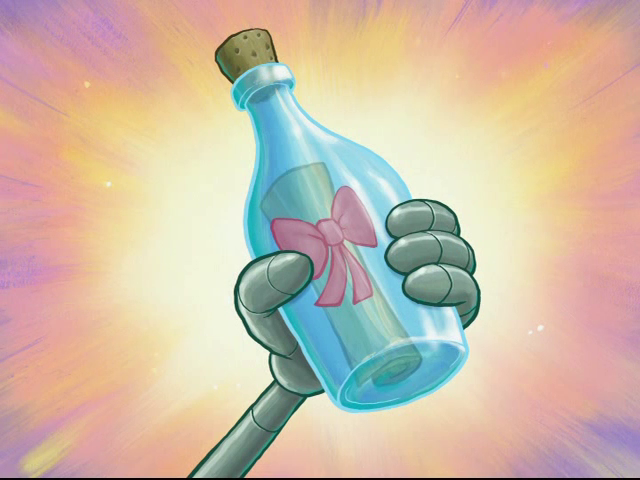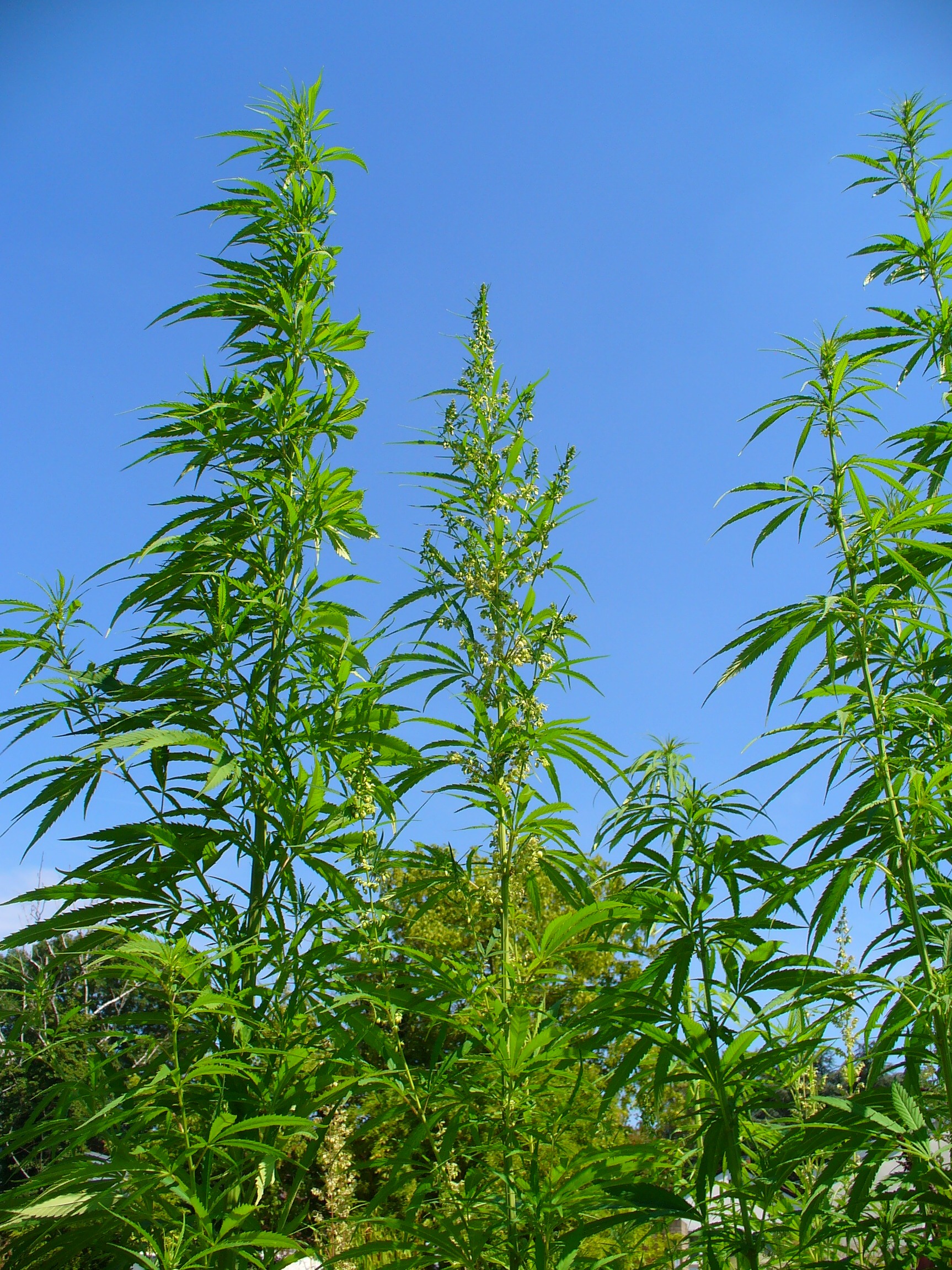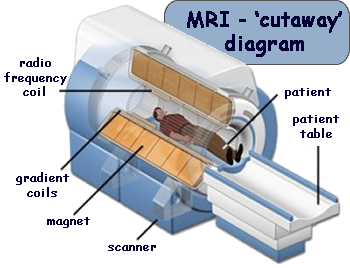 Have you ever felt your melting brain dribble out of your ears after watching a few hours of TV? Didn’t think so. If you said yes, definitely get off your computer and go see a doctor. For the rest of you without liquified brains. I’m sure you’ve heard about some of the negative aspects of watching TV. I know, the Big Bang Theory is super funny but you should really go outside. Humans are not meant to spend most of their time sedentary, that means you! It has long been known that the advent of television has contributed to obesity related diseases. But does it make you dumb? There is some evidence out there that suggests just that! Before you call your mom and tell her that your bad mid term grade was Modern Family’s fault, lets check it out.
Have you ever felt your melting brain dribble out of your ears after watching a few hours of TV? Didn’t think so. If you said yes, definitely get off your computer and go see a doctor. For the rest of you without liquified brains. I’m sure you’ve heard about some of the negative aspects of watching TV. I know, the Big Bang Theory is super funny but you should really go outside. Humans are not meant to spend most of their time sedentary, that means you! It has long been known that the advent of television has contributed to obesity related diseases. But does it make you dumb? There is some evidence out there that suggests just that! Before you call your mom and tell her that your bad mid term grade was Modern Family’s fault, lets check it out.
A study done by researchers at the University of Cambridge looking into this question was published in the International Journal of Behavioral Nutrition and Physical Activity. They started with 845 adolescents between the ages and 14-15 and monitored their screen time, physical activity and study time leading up to when they took the GCSE, a pseudo-equivalent to a high school diploma in the United Kingdom. They adjusted for BMI z-score, deprivation, sex, season and school before analyzing the results. After they got the exam scores back and analyzed the results they uncovered some fairly predictable trends. Those who spent an extra hour everyday watching TV or playing video game scored an average 9.3 less points. For a test that is only out of 58 points, that is the difference between and A and B. The kids who spent an extra hour every day studying scored a whopping 23.1 more points on average and the kids who spent an extra hour exercising scored an average 6.9 more points more.
Based on these results, it is clear that studying makes you do better in school (duh). We’re interested in the difference in scores between screen time and physical activity. These results do suggest that screen time is a significant factor in worse test scores. However, I don’t feel that this study did a great job controlling for confounding variables. Kids between 14 and 15 in the UK have never taken the GSCE before and based on the researchers’ methods they are getting these variances by comparing test scores across the 845 subjects. It is possible that IQ is the main determinant of GSCE score and that more or less physical activity/screen time is a non factor. It is also a possibility that if one of the subjects is inherently smarter he/she will be more inclined to spend less time playing video games and prefer to spend their time reading or playing outside. This was an observational study because the independent variables, physical activity and so, were not manipulated by the researchers in any way. Therefore, their results can only suggest a correlation at best but have means of establishing a causal relationship.
This doesn’t mean that I’m suggesting that watching copious amounts of TV is okay! In fact I urge you to do the exact opposite. Children in this country spend an average of 1,620 minutes a week watching television. That’s an incredible 27 hours or 16% percent of the hours in a week. If we assume that a child gets around 9 hours of sleep per night, that means they spend 25.7% of their waking hours watching TV. Even if the Cambridge study is only correlational, there is a definite possibility that screen time inhibits learning. For the rational person, unless you value hours spent watching TV more than higher grades in school, it is safe to say that spending more time not watching TV is worth it. Maybe it’ll keep your brain from melting too.

 If you don’t have trust issues, you will soon. As millennials (thats you) push western society towards healthier, organic foods, many companies are starting to publish nutrition information online and in-store. For example, my favorite place to eat in State College, Chipotle, has a
If you don’t have trust issues, you will soon. As millennials (thats you) push western society towards healthier, organic foods, many companies are starting to publish nutrition information online and in-store. For example, my favorite place to eat in State College, Chipotle, has a 
 In addition to stricter FDA guidelines, companies like Chipotle or Starbucks should implement better education programs for new hires that make portioning less variable. Going one step further, companies need to
In addition to stricter FDA guidelines, companies like Chipotle or Starbucks should implement better education programs for new hires that make portioning less variable. Going one step further, companies need to  Like all liquids, when you consume an alcoholic beverage it finds its way to your stomach where 20% of the alcohol is absorbed by blood vessels and carried to the blood stream. The remaining alcohol is then absorbed by the small intestine and also finds its way to the blood stream. Eventually, enzymes break down the alcohol in your liver at around 1oz./hour or one drink per hour. When you consume more than one drink an hour, as often in college, your system becomes saturated and the alcohol collects in your blood and body tissue until it can be metabolized. This accumulation is can be defined as blood alcohol content (BAC) and the mental and physical at each “level” of intoxications are
Like all liquids, when you consume an alcoholic beverage it finds its way to your stomach where 20% of the alcohol is absorbed by blood vessels and carried to the blood stream. The remaining alcohol is then absorbed by the small intestine and also finds its way to the blood stream. Eventually, enzymes break down the alcohol in your liver at around 1oz./hour or one drink per hour. When you consume more than one drink an hour, as often in college, your system becomes saturated and the alcohol collects in your blood and body tissue until it can be metabolized. This accumulation is can be defined as blood alcohol content (BAC) and the mental and physical at each “level” of intoxications are  You’re also probably familiar with how those who nap after the meal blame it on something called tryptophan. Maybe you yourself took a little cat nap this year, I know I did. This time around, I was the one to bring up tryptophan and my girlfriend was quick to say that tryptophan is not actually the reason America naps after turkey dinner. As with many of my blog posts this semester, lets find out what is really going on with something else we put in our bodies, Turkey.
You’re also probably familiar with how those who nap after the meal blame it on something called tryptophan. Maybe you yourself took a little cat nap this year, I know I did. This time around, I was the one to bring up tryptophan and my girlfriend was quick to say that tryptophan is not actually the reason America naps after turkey dinner. As with many of my blog posts this semester, lets find out what is really going on with something else we put in our bodies, Turkey. Fallout 4 is an exceptionally violent video game, not to my surprise, and within 15 minutes of playing I found myself with the ability to essentially freeze time and dismember and/or decapitate anyone who looked at me funny. Personally, I would be horrified if I walked in on my hypothetical child blowing some poor guy’s head off on the TV so I decided to actually explore the effects of violent video games on our brains. So, let’s find out if all those years spent playing video games messed me up.
Fallout 4 is an exceptionally violent video game, not to my surprise, and within 15 minutes of playing I found myself with the ability to essentially freeze time and dismember and/or decapitate anyone who looked at me funny. Personally, I would be horrified if I walked in on my hypothetical child blowing some poor guy’s head off on the TV so I decided to actually explore the effects of violent video games on our brains. So, let’s find out if all those years spent playing video games messed me up. According to the Drug Enforcement Agency’s (DEA) “deamuseum”
According to the Drug Enforcement Agency’s (DEA) “deamuseum”  Neuroscience’s website cites on of the lead researchers,
Neuroscience’s website cites on of the lead researchers,  others’ blog posts. So, I decided maybe it would be worth looking in to. After some light research I think it could turn out to be a decently interesting blog post… or at least I’ll have fun researching it! As one of the oldest and highly studied issues in the realm of psychology there is sure to be a myriad of studies exploring the issue.
others’ blog posts. So, I decided maybe it would be worth looking in to. After some light research I think it could turn out to be a decently interesting blog post… or at least I’ll have fun researching it! As one of the oldest and highly studied issues in the realm of psychology there is sure to be a myriad of studies exploring the issue. They also controlled for bias due to their belief that studies with extraordinary results would be more likely to be published that those with “modest results.” Finally, before analyzing these studies, they classified the traits of the twins using a the World Health Organization’s (WHO)
They also controlled for bias due to their belief that studies with extraordinary results would be more likely to be published that those with “modest results.” Finally, before analyzing these studies, they classified the traits of the twins using a the World Health Organization’s (WHO)  In an amazing display of nature, these conditions came together 2 billion years ago in 16 different locations in Oklo. It was determined that groundwater had flooded the uranium rich deposits. The water served as a catalyst for fission and the energy released by the ensuing nuclear reaction would then heat the water until it boiled off. When the deposits eventually cooled down, groundwater would again flood the area, restarting the process. Experts examined the levels of xenon isotopes (a byproduct of nuclear fission) found in the surrounding rocks and in doing so were able to determine that these reactions would occur about every two and a half hours. Scientists estimate that this process went on for hundreds of thousands of years until the uranium 235 was depleted to the level it is at today. Information courtesy of
In an amazing display of nature, these conditions came together 2 billion years ago in 16 different locations in Oklo. It was determined that groundwater had flooded the uranium rich deposits. The water served as a catalyst for fission and the energy released by the ensuing nuclear reaction would then heat the water until it boiled off. When the deposits eventually cooled down, groundwater would again flood the area, restarting the process. Experts examined the levels of xenon isotopes (a byproduct of nuclear fission) found in the surrounding rocks and in doing so were able to determine that these reactions would occur about every two and a half hours. Scientists estimate that this process went on for hundreds of thousands of years until the uranium 235 was depleted to the level it is at today. Information courtesy of  Lets start with naming a few drugs… Marijuana, cocaine, adderall, heroine, caffeine, alcohol and sugar. Yes, sugar. In 2008, a team of Princeton researchers conducted a
Lets start with naming a few drugs… Marijuana, cocaine, adderall, heroine, caffeine, alcohol and sugar. Yes, sugar. In 2008, a team of Princeton researchers conducted a 
 Light therapy is one way of treating seasonal affective disorder. Logic would say that if a lack of sunlight is the cause of SAD, then a reasonable cure would be more sunlight, right? Michael Miller, Senior Editor for
Light therapy is one way of treating seasonal affective disorder. Logic would say that if a lack of sunlight is the cause of SAD, then a reasonable cure would be more sunlight, right? Michael Miller, Senior Editor for 


